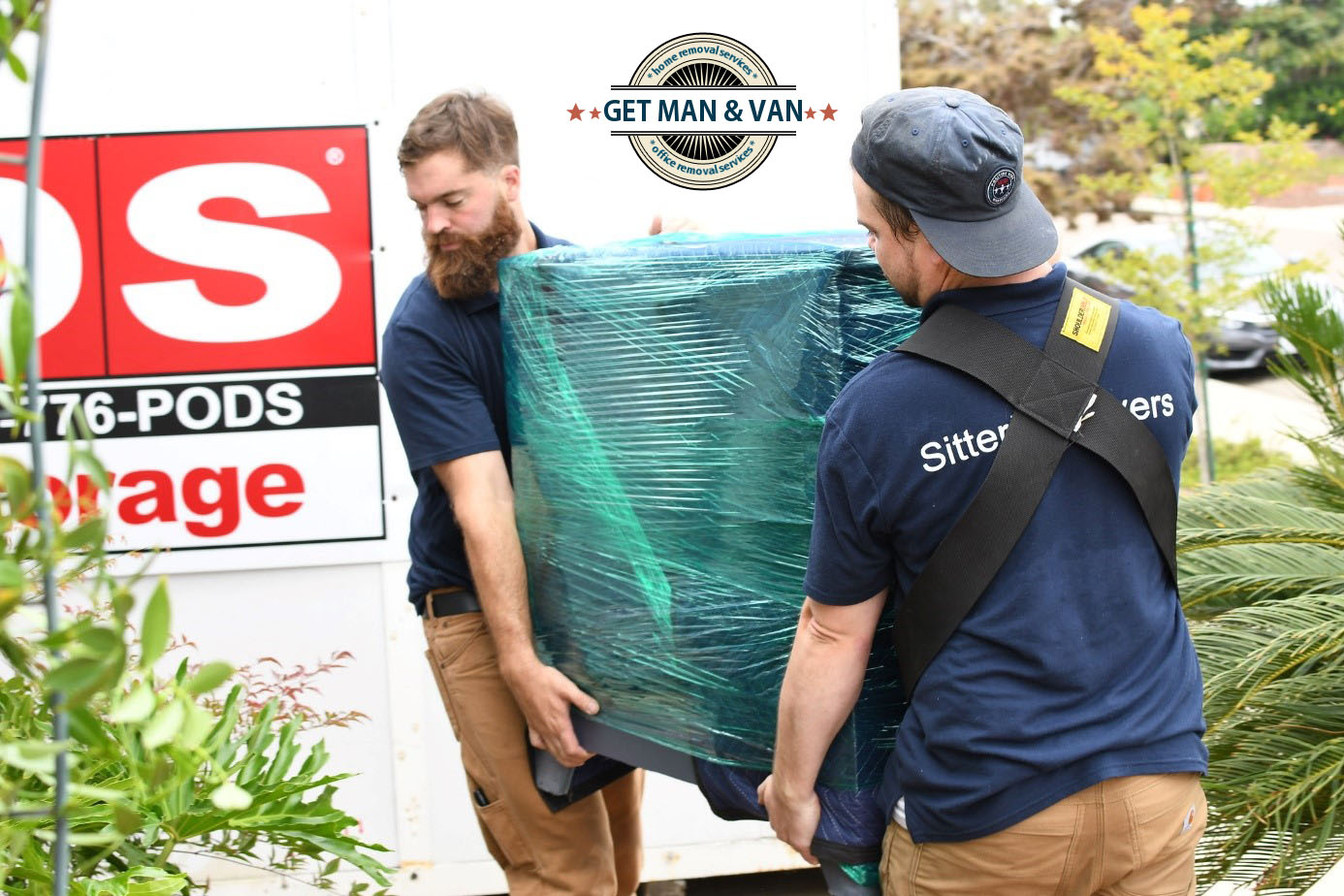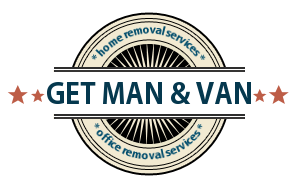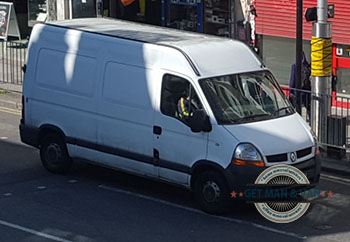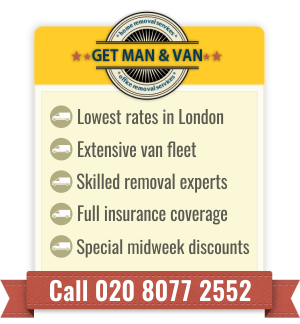
Furniture pads, van ramps, belts, dollies and trolleys… there are so many types of moving equipment out there these days. But there is one simple tool that is particularly useful during a house, office or any other type of move – moving straps. Even trained removal experts swear by them which is why, if a relocation is in the picture for you, you need to arm yourself with this ingenious creation. But before putting the straps on, you need to learn why and how to use this useful tool.
The modern service of moving furniture and other household belongings has seen numerous innovations, but none have made such an impact as the introduction of furniture lifting straps. These tools not only make the process smoother but also prevent most potential damages to the items being moved. When you think of moving straps, you might visualize the conventional types, but there are actually several variations designed for specific tasks. Appliance moving straps, for instance, are ideal for moving heavy appliances, ensuring stability and even weight distribution.
Why professional movers love moving straps
Every self-respected removals business has stocked up on relocation straps. So, if you hire a team of reputable movers, even if it is for something extra such as their eco-friendly rubbish removal services in London, they will bring this excellent piece of equipment with them because it:
- Prevents injuries
- Makes heavy-lifting easier, especially for large items like heavy furniture
- Offers better protection to the items that need to be moved
- Save money by requiring less manpower
Specifically, shoulder moving straps and forearm moving straps are preferred choices by removalists because they harness the power of both the shoulder and leg muscles, allowing for an even distribution of weight. This biomechanical advantage reduces the chances of strain or injury. The shoulder dolly, a kind of shoulder harness, is particularly popular among professional movers due to its ability to provide stability and distribute weight effectively.
Types of Moving Straps
Forearm and Shoulder Moving Straps
There are two main types of moving straps – one that is attached to the forearm and another one that is strapped around the shoulders. The latter (shoulder moving straps) is typically reserved for the lifting and moving of heavier and bulkier items such as large furniture pieces and appliances. Forearm straps, on the other hand, are a better option for lighter objects (mattresses, large boxes, small nightstands, etc.). Both of them, however, work in a similar manner and follow the same principle. When using these straps, it’s important to keep the straps parallel to ensure a secure hold and prevent slipping.
Harness Moving Straps
Harness moving straps are another category that has gained traction. These are designed like a harness and are worn around the body, providing excellent support when lifting heavier items. The harness system securely wraps around the mover’s torso, allowing for more significant weight distribution and reduced strain on any one muscle group.
How to properly use moving straps?
Most moving straps come with a manual. However, if you have rented or borrowed yours from a neighbour or a moving company, you may get them without an instructions booklet. Whatever the situation there are five things you need to remember to do:
- Start by putting the straps under the item you want to move in a parallel pattern or in the shape of an X if you want to have some extra stability. You really need the straps underneath the object.
- Slide your arm through the loop (for forearm lifting strap models) or wrap it around your shoulders (for shoulder straps).
- Adjust the length of the strap so that when you and your partner lift the object, it hangs 12-14 cm off the ground.
- Always lift from your legs by bending them. Bend your knees.
- Work and move together with your partner making only small and slow steps.
Working in tandem with your partner is a must. This coordination not only ensures that the load remains steady but also that you both remain balanced and safe. If using arm loops or other types of heavy lifting straps, be sure to communicate with your partner about any adjustments or discomforts.

Don’t forget to clear your path to the moving vehicle to avoid tripping. Wear comfortable shoes and clothes and measure the dimensions of doors and windows to see if the object will be able to easily go through them. Keep in mind that one of you will have to walk forward and the other one – backward. This is the safest way to move but it will require you to coordinate your every step well.
Before making the final move towards the moving truck, always do a dry run. Practicing the path with carrying straps ensures you are familiar with any obstacles or challenges you might face, making the actual move smoother.
The most important detail about utilizing moving straps during a relocation is to know your limits. Although this is a fantastic and really practical piece of equipment, it is not a universal solution for lifting extra heavy items. Therefore, if you feel that even with this tool, you struggle to move the given item, you will probably need a few more helping hands.
All to all learning how to handle moving straps, whether they are shoulder lifting straps or the more conventional types, are a must-have tool for anyone looking to relocate. While they offer numerous advantages, it’s of utmost importance to know how to use moving straps correctly and safely, ensuring a hassle-free move.
About the Author:
Prev: « 5 Tricks to Adjust to Your New Home in No TimeNext: Large Moving Boxes and What to Put in Them »









